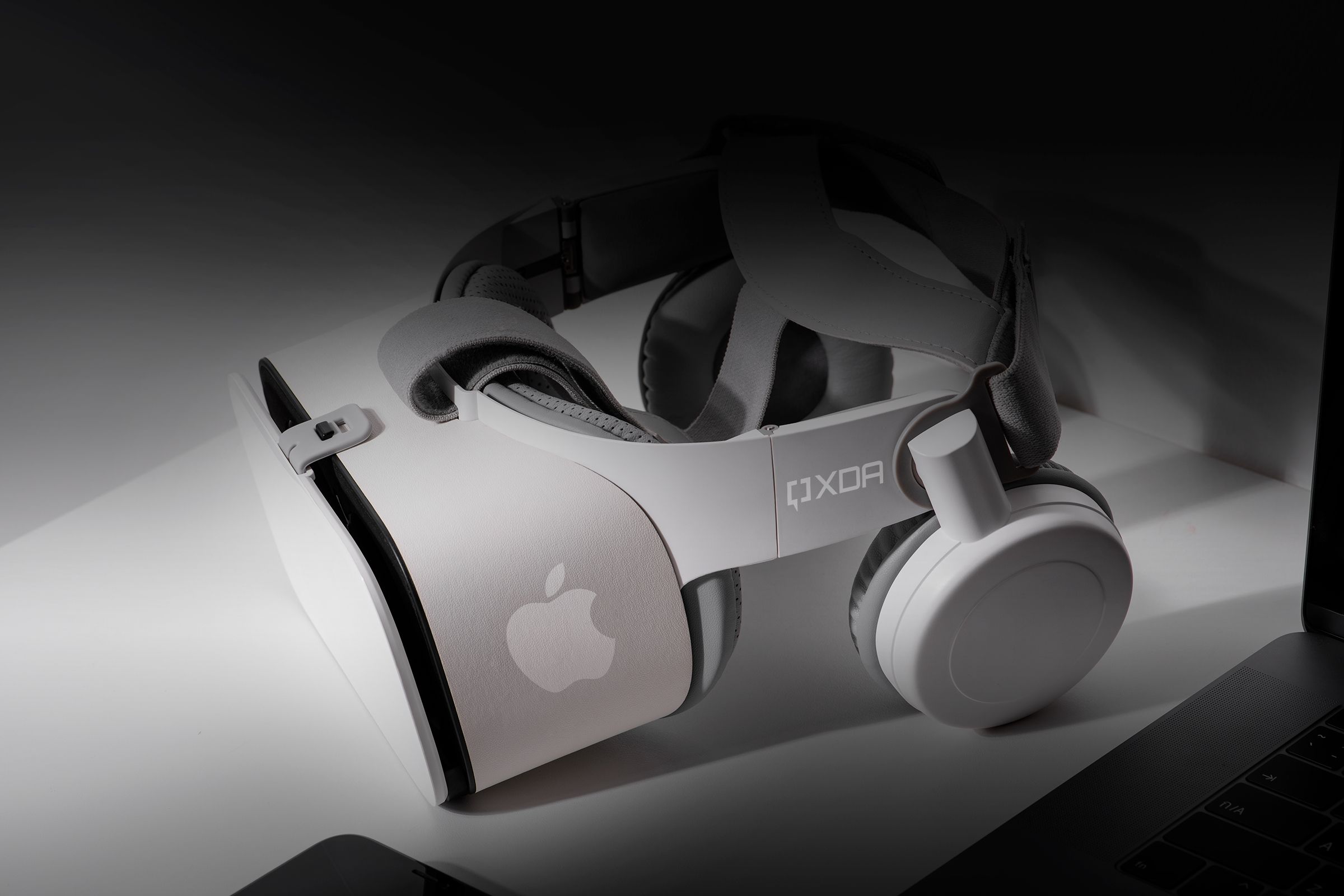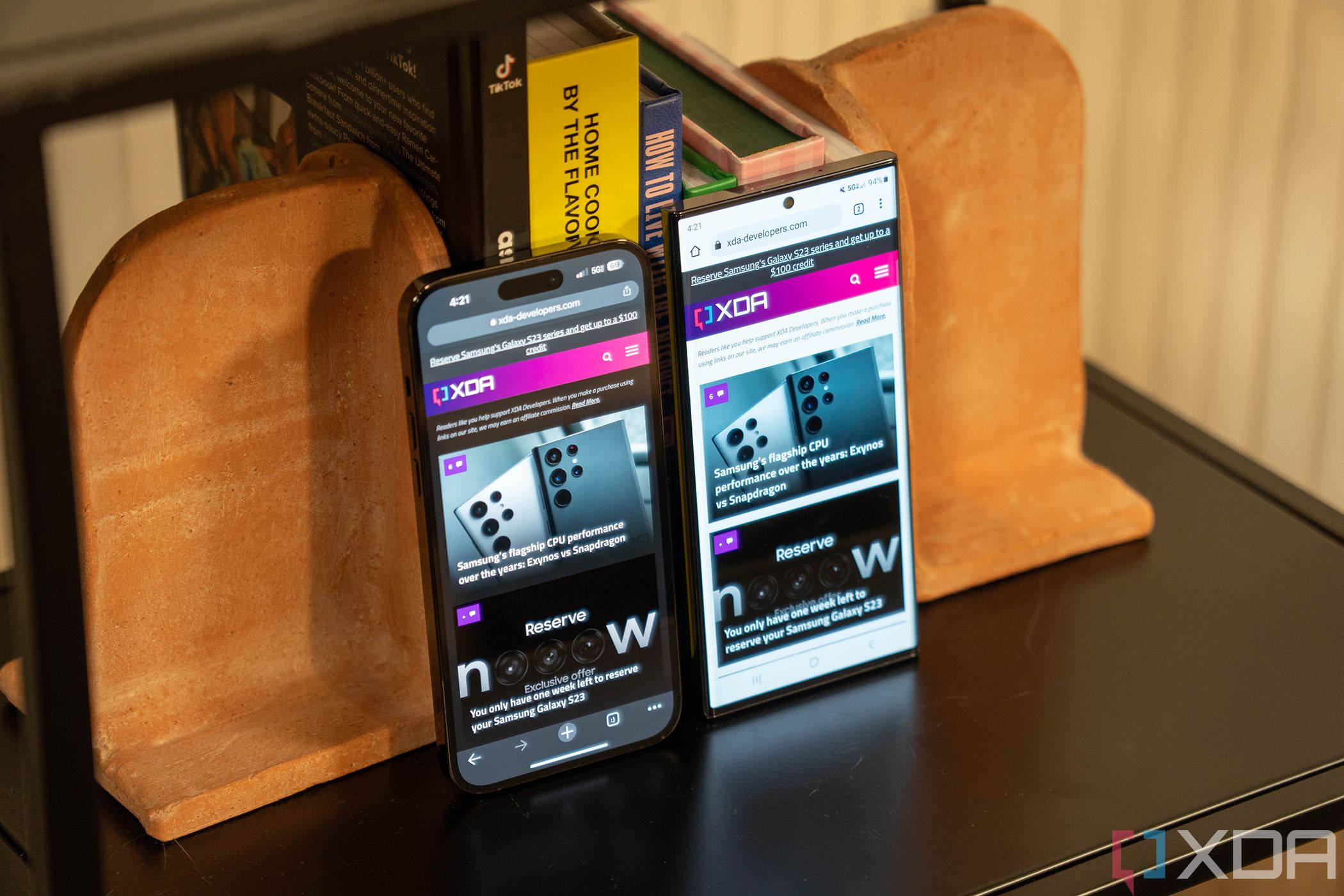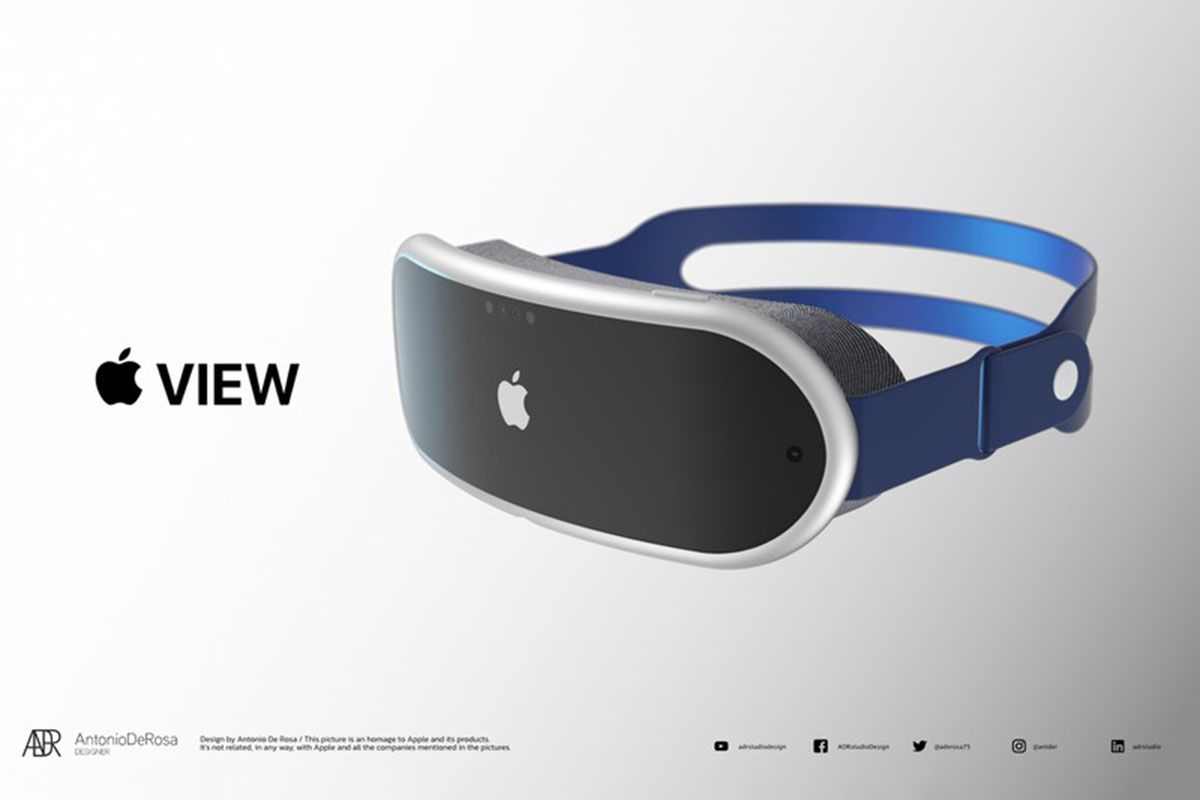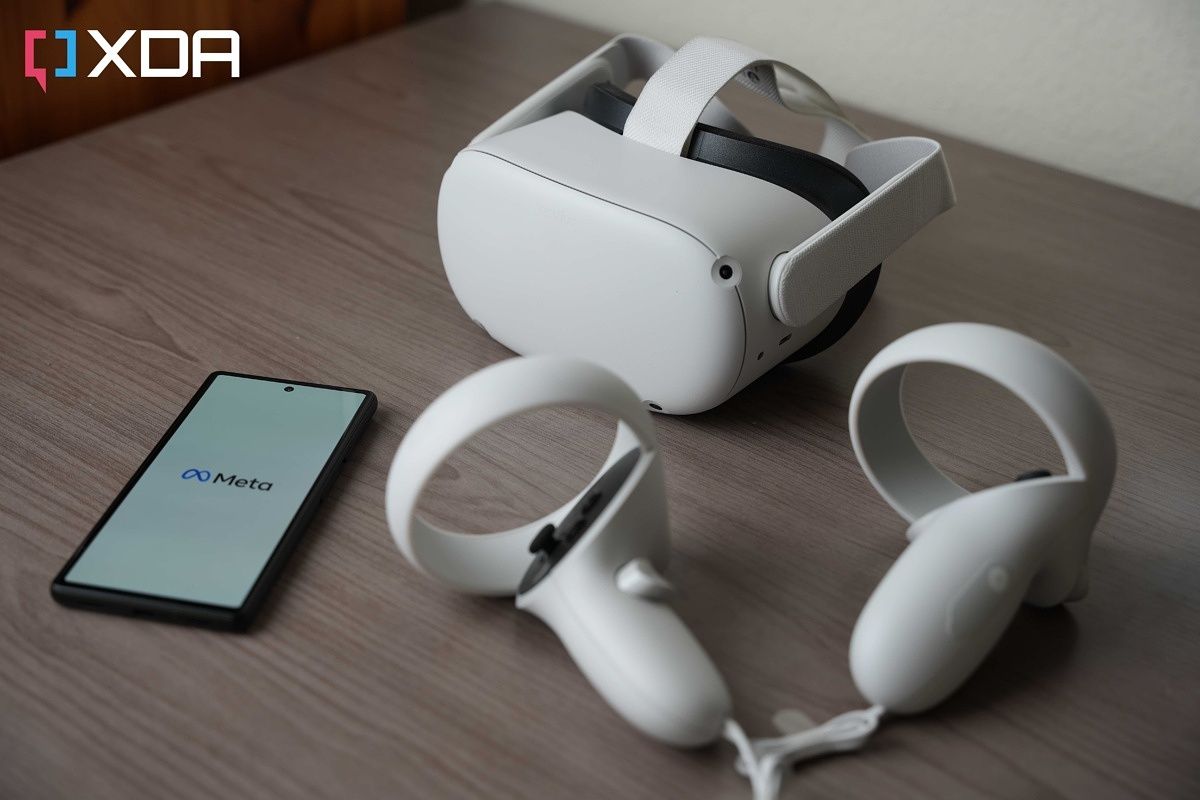Once upon a time, mainstream tech launches were exciting events, but that's no longer the case. I'm aware that certain companies still preview some innovative yet niche phones, tablets, and laptops (hence the emphasis on "mainstream"), but these devices almost never gain traction or get serious attention from their respective manufacturers after they're released.
These days, we usually have a solid idea of what to expect from a new smartphone or computer before its launch. Companies like Samsung, Google, or even Apple rarely have significant tricks up their sleeve. Pretty much everything leaks beforehand, and, more importantly, the year-to-year upgrades have been watered down. And the latest example is the Samsung Galaxy S23 launch, which featured phones with mostly iterative improvements and very little else.
Remember the excitement we felt when Apple first announced the App Store? Or when it introduced a front iPhone camera for the first time? Now, we just watch these events, whether software or hardware-focused with collective meh facial expressions. To be fair, these devices and their operating systems have matured, and it's not easy for companies to add as many new changes annually as it was in the past. However, nothing is stopping them from skipping a hardware year to make the following launch more prominent. I'm looking at you, Apple, with your iPhone 13 disguised under an iPhone 14 mask. This is why Apple's rumored mixed-reality headset fuels my excitement.
Why Apple's mixed-reality headset announcement can turn things around
As you may know, Apple typically doesn't release niche products, and when it arrives late to a party, it usually has some tricks on hand. Augmented reality (AR) and virtual reality (VR) headsets are in no way new, and they've been around for years at different price points and in different forms. We even have fresh AR devices from Qualcomm, Magic Leap, TCL, and others. So why am I excited about Apple's execution?
If the rumors are to be believed, 2023 will be a year of mostly silent Apple hardware upgrades. We already witnessed this last month, when the MacBook Pro (2023) and Mac Mini launched through boring press releases. This isn't surprising at all, since the company recently switched to its silicon and overhauled its design language across its devices. We can only expect minor spec bumps for the time being.
However, rumors have led us to believe the company will be hyping up the headset in a major event that could be its highlight for this year. And with Apple already planning the next-gen, cheaper models, we believe it wants to turn this product into a mainstream one.
AR and VR headsets have failed to become mainstream products when compared to smartphones and personal computers — even the Quest 2, which is arguably the most consumer-friendly VR headset, isn't on the same level. Not everyone has or even needs AR/VR. The iPhone maker seemingly wants to change that. Of course, this will probably take many years and device iterations to happen, but it could be an end goal. Considering this rumor has already materialized, it appears that Apple may have finally found a way to make AR and VR appeal to the masses.
Based on the leaks, we know that the mixed-reality headset will have a battery, a Mac chip, one 4K display for each eye, several cameras, a wide variety of sensors, support for prescription lenses, a Digital Crown to seamlessly switch between AR and VR modes, and more. The Digital Crown is particularly interesting because VR on its own is too isolated from the rest of the real world. Meanwhile, AR is not immersive enough to provide more realistic experiences. So a mix of both with a convenient toggle to switch between the two could be the sweet spot we have been missing.
It could also potentially have an external screen that shows the wearer's eyes when in AR mode, which could make social interactions more natural (and possibly creepier). Though we've read mixed reports on this bit, and it could be fake.
Another interesting bit is that Apple could allow any user to create their own mixed-reality apps using Siri without needing any coding skills. So even if major developers don't instantly port their apps, users will still have the tools to create their own entertainment. That's not to mention that the headset will reportedly support existing iOS apps in 2D by default.
The headset could launch as soon as this spring through a major Apple event, although it's been delayed before and could be pushed again. We expect it to have a very high price tag that could reach around $3,000, though this first generation is reportedly aimed at developers and power users, rather than the average user. After the company collects relevant data and feedback, it should be working on a more affordable edition for the masses, which would launch later at a more reasonable price.
Will the mixed-reality headset be a success for Apple?
Apple doesn't often launch new device categories. The company typically likes to play it safe by sticking to what's familiar and guaranteed to sell. Consequently, I'm really curious to see how the company will market it, what use cases will be the highlight, what specific technologies it'll pack, how the operating system will look and behave, and how it'll integrate into the existing Apple ecosystem.
Will it become the next iPhone, though? Not anytime soon. However, I wouldn't be surprised if this occurs down the road. What I know for sure is that the mixed-reality headset's launch will be more exciting than the usual events we've been watching for the past couple of years, and I genuinely can't wait for the big reveal.




